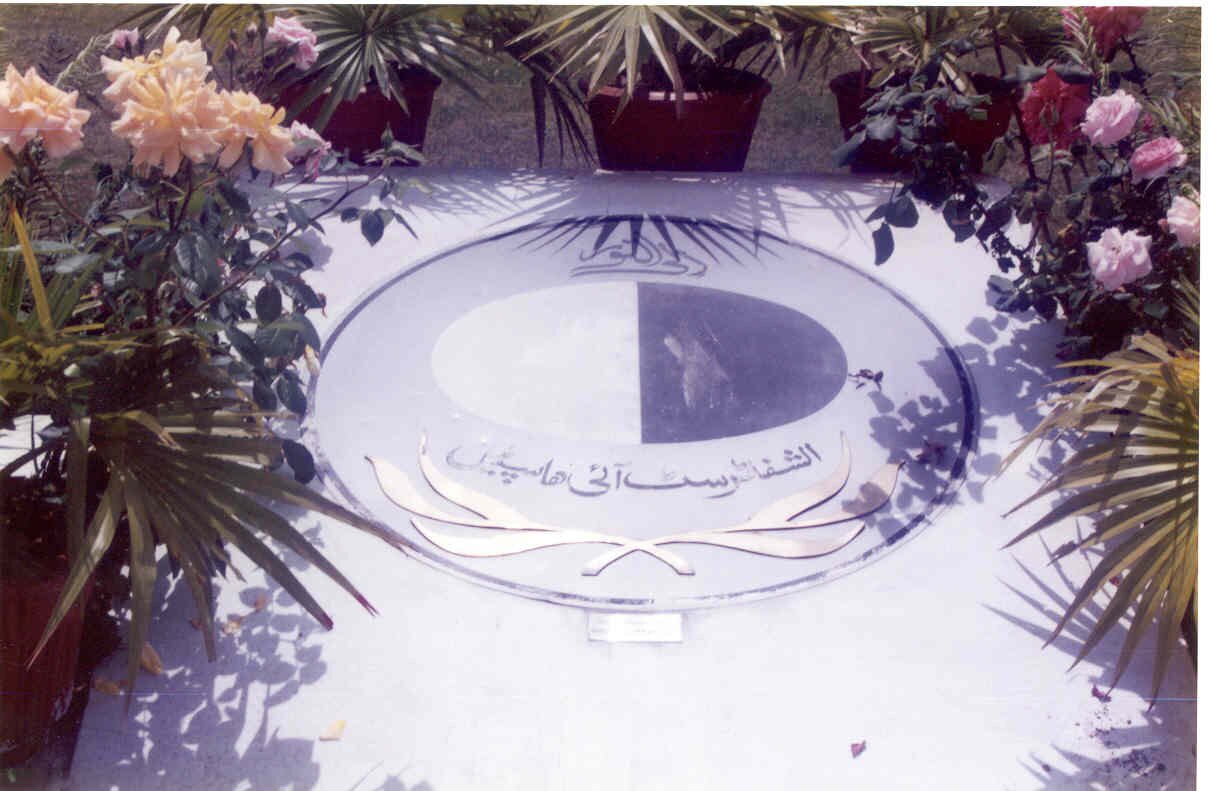|
Al-Shifa Journal of???????????
|
||||||||||||||||||||||||||||||||||||||
|
Aims and Scope
Ocular Infections and Seasonal Variations Sensitivity of Tests in Dry Eyes Intravitreal Kenacort in Macular Edema ERG in Diagnosis of Retinal Problems |
Spectrum of contact lens users at Al- Shifa Shazia Qadir BSc. D. Optom Purpose: To create professional awareness about the availability and use of contact lenses in an eye hospitalMethodology: Annual audit of contact lens clinic record Results: Over a period of two years, 634 contact lenses were prescribed to 529 users. The commonest contact lens in use was bandage contact lens followed by soft contact lens, RGP lens and prosthetic CL respectively. The most common indication for contact lens use in an eye hospital was therapeutic one for ocular surface defects followed by that of refractive error correction. Conclusion: A special drive to create awareness about the superior benefits of contact lenses for correction of refractive error is required along with strengthening of facilities for contact lens production. Al-Shifa Journal of Ophthalmology 2005; 1: 37-41 © Al-Shifa Trust Eye Hospital, Rawalpindi, Pakistan. |
|||||||||||||||||||||||||||||||||||||
|
? Contact lenses are optical medical devises that are primarily used to correct refractive errors. Other important use of contact lenses is in the treatment of certain relatively uncommon ophthalmic conditions like unilateral or bilateral aphakia, keratoconus, anisometropia, low vision, strabismus, aniridia, polycoria, and albinism, amblyopia, orthokeratology and ocular surface defects. Contact lenses are becoming increasingly popular due to improved cosmesis, dislike of glasses, safety in sports, hobbies and occupational environment, improved vision and good control of astigmatism. Originally received: September 13, 2004 The current study is the statistical audit of the contact lens clinic at Al-Shifa, done with the aim of analyzing: - 1.????? The type of contact lenses most commonly dispensed ?Various indications for use of contact lenses among the CL population??? |
||||||||||||||||||||||||||||||||||||||
|
Methodology All patients are assessed for the suitability of contact lenses by slit lamp examination, undergo refraction, keratometry readings are obtained and trial lenses used to assess the contact lens parameters. Patients with ocular surface defects are, however, provided lenses on request of referring physicians.
A: Types of contact lenses 1.????? Spherical RGP lenses?????? (Boston 7 & Boston 4) 2.????? Soft (hydrogel) lenses? (Spherical & Toric, DW & EW, Monthly &Annual replacement) 3.????? Bandage Contact lens (EW Disposable) 4.????? Cosmetic Colour lenses? 5.????? Prosthetic Colour lens (Both black and clear pupil) ? B: Frequency of contact lenses The number of various types of contact lenses dispensed in the clinic used from September 2002- August 2004 is shown in Table 1 and Fig: 1 |
||||||||||||||||||||||||||||||||||||||
|
||||||||||||||||||||||||||||||||||||||

Fig 1: Number of various types of contact lenses dispensed |
||||||||||||||||||||||||||||||||||||||
|
C: Indication for fitting of contact lenses Table 2: Indications of Contact Lenses
|
||||||||||||||||||||||||||||||||||||||
|
Fig: ?2: Indication of Contact Lenses |
||||||||||||||||||||||||||||||||||||||
|
Discussion In our hospital set up where various subspecialty clinics are referring patients to the contact lens clinic, bandage contact lenses constitute the most commonly dispensed type of contact lens (43.37%) and ocular surface defects are the most common indication for the fitting of the contact lens (52%). Therapeutic lenses have many uses for corneal rehabilitation. They most frequently function as a mechanical barrier for corneal protection from mal-positioned lids, lashes and scar tissue, enhancing corneal surface healing in conditions such as basement membrane disease with recurrent erosions or non-healing ulcers and epithelial defects. Therapeutic/bandage contact lenses are invaluable for managing pain associated with conditions such as corneal abrasions, bullous keratopathy and filamentary keratitis as well as postoperative pain. As a splint or sealant, the lenses also assist in sealing leaky wounds after cataract, penetrating keratoplasty or glaucoma filtering and refractive surgeries. . In this case, a soft contact lens is placed on an injured or diseased cornea in order to protect the tissue and speed healing. Drugs can also be absorbed into the soft contact lens to release topical medication to the cornea. Second most common indication for the use of contact lenses was correction of refractive errors (19%). For the correction of refractive errors usually soft, toric and RGP lenses are prescribed. Most of the patients in this class have a disliking for the use of glasses due to cosmetic concerns. Though contact lenses provide superior optical performance in refractive errors, relatively lesser number of patients indicates less patient motivation and knowledge of contact lens related benefits. Other indications like corneal ectasias and opacities, aphakia and anisometropia, and iris abnormalities constitute small groups of patients in the clinic. It is also observed that most of the patients are so poor they cannot even afford the expenses of bandage lens. CLs are not manufactured in Pakistan which decreases affordability and increases time for special lens dispensing e.g. RGP, toric lens and high Rx lenses. Some special purpose lenses such as toric RGP, bifocal RGP, multifocal SCL and silicon hydrogel lenses are not available in Pakistan.
1)????? Most?? patients were dispensed with contact lens due to medical reasons. 2)????? Most important indication in our hospital is therapeutic and most commonly dispensed lens is bandage contact lens. 3)????? Patient awareness about the usefulness of contact lenses in refractive errors needs to be improved. 4)????? The problem of affordability can be solved if we import a Lath cut machine for contact lens manufacturing. |
||||||||||||||||||||||||||||||||||||||


